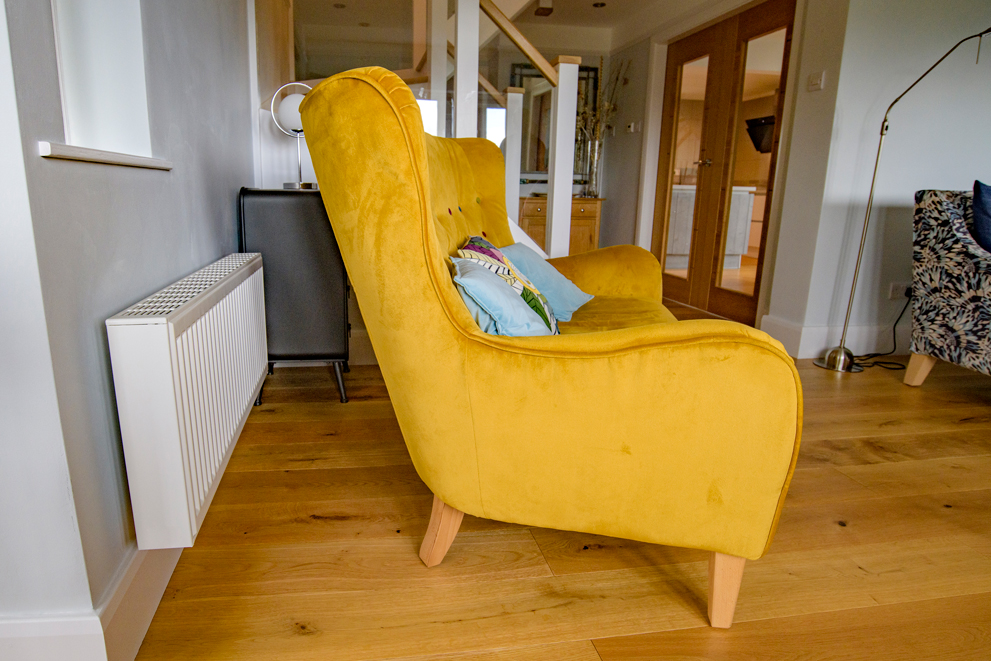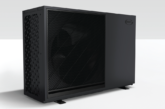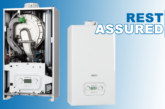
 Nicola Martin, Sales Manager at RadiWarm, introduces energy efficient pipeless radiators.
Nicola Martin, Sales Manager at RadiWarm, introduces energy efficient pipeless radiators.
Modern pipeless electric radiators, usually water or silica-sand filled, are becoming popular in new houses. Once considered only suitable as an addition to underfloor or a main gas system, they are now heating an entire new home. There are some excellent examples: a luxury apartment block near Lincoln and a development of sustainable town houses in Norwich to name but two (of which more later). Pipeless ranges are offered in a variety of sizes including new upright ones for tight spaces. And being electric, they are more sustainable than gas or oil.
Simple
Pipeless radiators are a simple plug-and-play appliance. In the case of RadiWarm’s water-filled Signature range, each is fully sealed with an internal patented miniature boiler, pump and thermostat with software. So they are ready to be plugged into a standard electric socket, mounted on wall brackets, which are included in the price. Thinner walls are no problem either as additional load-bearing discs can be purchased. They are installed in a matter of minutes – housebuilders like this simplicity and cost effectiveness with no external pipework to fit. Meanwhile, homeowners enjoy the comfortable, radiated heat, similar to a “wet” system they may be used to. Furthermore, in the case of RadiWarm’s radiators, they need no flushing, bleeding, topping up or servicing.
Compliant
There are regulatory reasons why electric radiators are becoming popular. One is that no gas-fired heating installations will be permitted in new buildings from 2025 and another is the new LOT 20 regulations in force since January 2018. LOT 20 requires any new space heating appliance to be compliant with set energy efficiency standards. Put simply, they need to incorporate intelligent timers, controls and sensors rather than simple on/off settings.
In control
Pipeless radiators often have best-in-class control and heating management functions. Some enable radiators to be controlled remotely over the internet by downloading an app onto a smartphone or tablet. Using a gateway that plugs into a standard home wifi router, the radiators can be managed individually or grouped into zones. Then they can be programmed, a different programme for each day of the week if required, and operated from the app. The RadiWarm Smart Controller is an example, with its intuitive charts and graphs, but there are others. But not every home needs an app-based controller. A usually cheaper option is a system based on a wireless feature-rich battery-powered programmable thermostat set up in the property to control and zone the radiators by RF link. The RadiWarm 7-day Controller is a good example.
Also useful for housebuilders is that RadiWarm’s entry level silica-sand filled range, the Economy+ will soon be running on the same control system as the Signature range, so the two ranges can then be mixed and matched.
The Economy+ range starts at £199 + VAT and is, like the main range, energy efficient and maintenance free. It is ideal if space is at a premium, because it has a slimmer shell.
New developments
In a new development of 60 apartments near Lincoln, 224 pipeless electric radiators were installed. Why was this the chosen heating mechanism? The developer explained that one reason was because the product looked identical to a standard radiator; another was the excellent performance, heating the room quickly and economically; and a third was the speed with which a full heating system could be installed, half a day in this case.
Another developer, this time in Norwich, wanted everything about the development to be sustainable, from solar lighting to heating to waste disposal. After careful research, the firm specified RadiWarm’s Signature range. The efficiency and controllability of the radiators were important factors in the decision, because the radiators can warm up independently to different temperatures and at different times of the day, so no heat is wasted.
Efficient
How is such efficiency achieved whilst maintaining comfortable ambient temperatures? The answer is smart radiators. Take the Signature Range as an example. Each has an internal patented miniature boiler, pump and thermostat with software to reach and maintain the set temperature. So when a room reaches it, the software will switch to eco-saving mode to maintain it. For the duration of the programme, typically it only needs to consume electricity for 1/3 of that time and then is switched off for the remaining 2/3 of the period.
But when might they be unsuitable?
Pipeless radiators might not be ideal when wall space is at a premium (although they can be mounted half-way up a wall to avoid low furniture). Or when walls are so thin that the radiators cannot support their weight, not even with load-bearing discs.
In some properties cutting-edge radiator design is important, whereas most pipeless ranges use industry standard shells (eg Type 22).
Conclusion
Pipeless radiators are here to stay. They are economical to run, powered by electricity and are sustainable. Their smart, precise control systems use energy efficiently and most homeowners immediately notice the difference in their bills.








